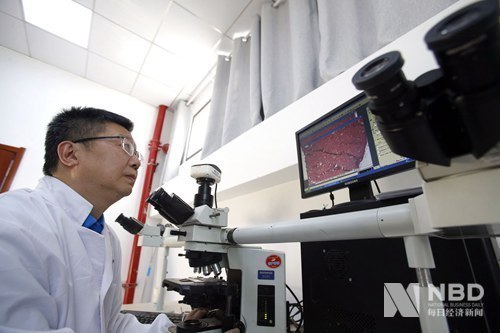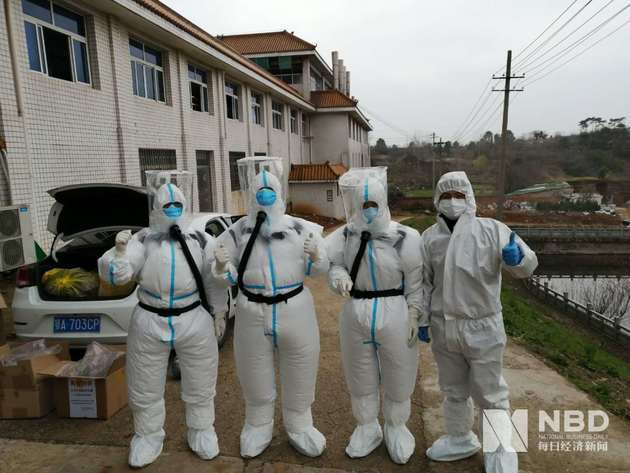
Liu Liang (Photo provided by the interviewee to NBD)
Mar. 17 (NBD) -- "Autopsy is just like a scout in the battlefield. If there is no clue about the amount of viruses in patients' organs, there is no clue of how to fight with the virus either, " Liu Liang who performed the first autopsy on patients who died of coronavirus in China said to National Business Daily (NBD).
First COVID-19 autopsy takes 3 times as long as normal case
Liu, former director of the Department of Forensic Medicine, Tongji Medical College of Huazhong University of Science and Technology, applied for consent to perform an autopsy in early January when the first death case of coronavirus was reported. But he didn't get it until Feb 15.
On Feb 16, they finally entered the autopsy room. "We have to wear 3 layers of gloves and hats, glasses as well as a protective shield. Not a single breath of air is allowed to slip in, " said Liu to NBD. It took his team nearly 1 hour to dress themselves, he recalled.
"I didn't expect the discomfort and we were sweating all the time, " said Liu. The first autopsy case took them nearly 3 hours, about 3 times as long as a normal case, largely due to the discomfort brought by the protective gears and extreme carefulness for the purpose of avoiding contamination.
As of March 5, Liu's team has done 9 such autopsies.

Liu Liang and his team (Photo provided by the interviewee to NBD)
Pathological report shines a light on clinical treatments
Forensic achievements made by Liu and his team were included in the seventh provisional edition of China's Novel Coronavirus Pneumonia Diagnosis and Treatment Plan, showing pathological changes brought by coronavirus to the liver, spleen, hilar lymph nodes, heart and blood vessels, liver and gallbladder, kidneys and other organs.
Details about pathologic changes are conducive to clinical treatment, or doctors would have no clue about the virus distribution in organs, which could make it difficult to find the possible cure, Liu said to NBD.
But that does not necessarily mean pathological changes are the reasons for the death of coronavirus-infected patients, emphasized Liu. They only indicate where the viruses have attacked, he explained.
Compared with the sixth edition, the new edition offers a more detailed diagnosis and treatment scheme for patients with severe symptoms. For instance, more detailed indexes for ECMO treatment are provided. Besides, new contents such as renal failure and renal replacement therapy, blood purification treatment, immunotherapy are added.
These revisions might be made by clinical experts based on the report on pathological changes, said Liu.
In the "invasive mechanical ventilation" part of the seventh edition, it was mentioned closed endotraeheal suctioning could be opted based on airway condition, as Liu once warned in media interviews about the pulmonary secretions.
Previously, many patients' hearts suddenly stopped beating with normal oxygen saturation. But it remains a mystery whether coronavirus causes fulminant myocarditis. "We did not find a large amount of lymphocyte or white blood cells in the heart during the autopsy. So it is not yet possible to conclude."
Email: lansuying@nbd.com.cn


 川公网安备 51019002001991号
川公网安备 51019002001991号





